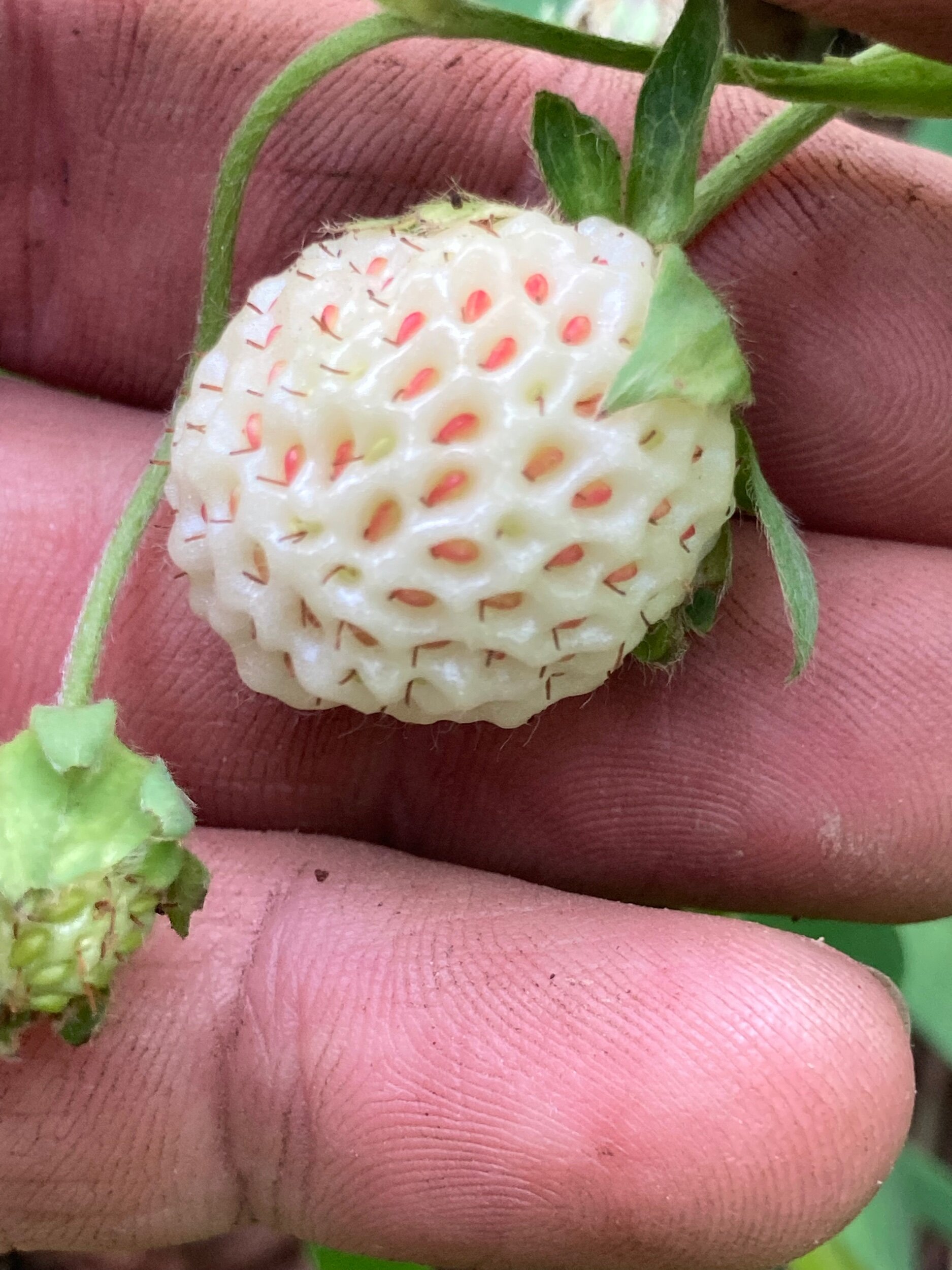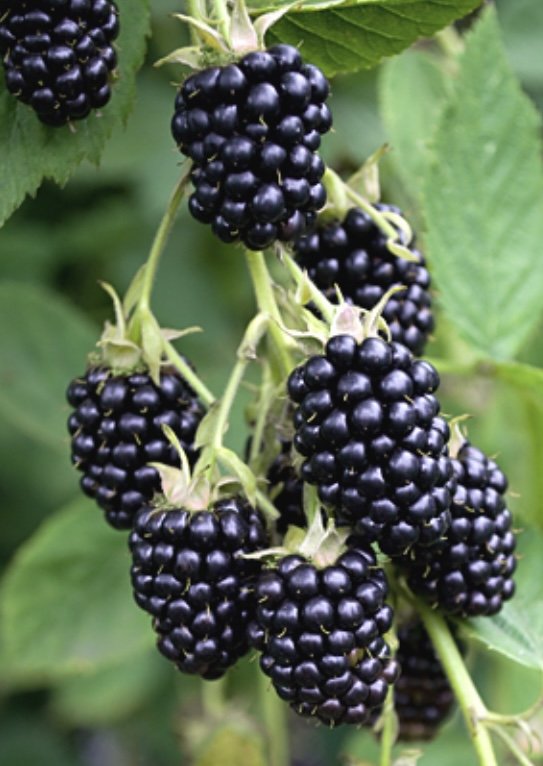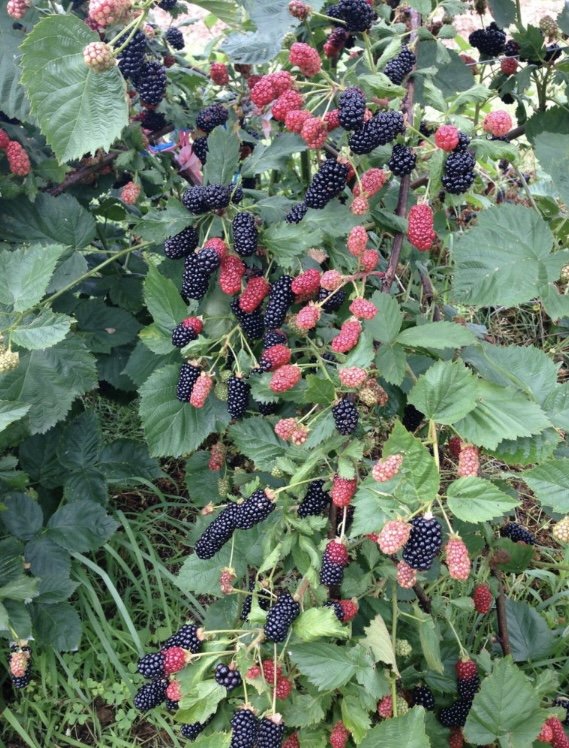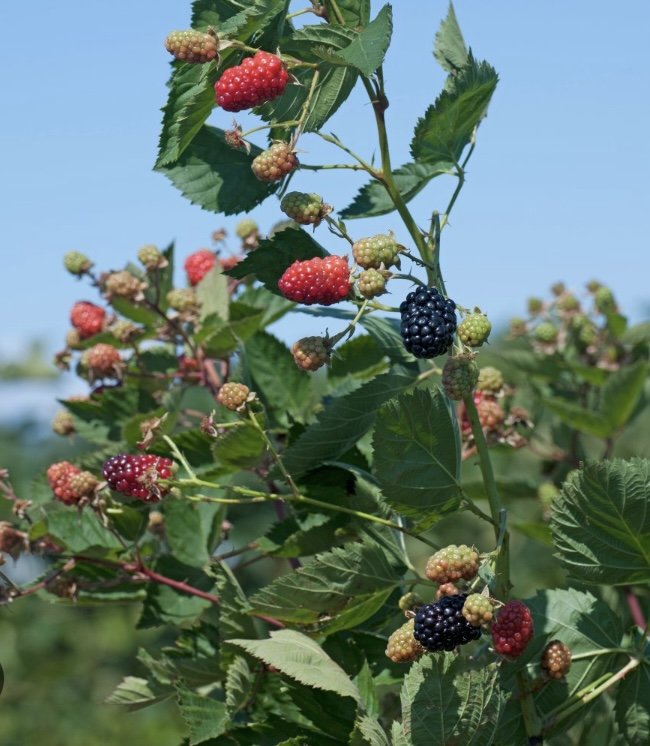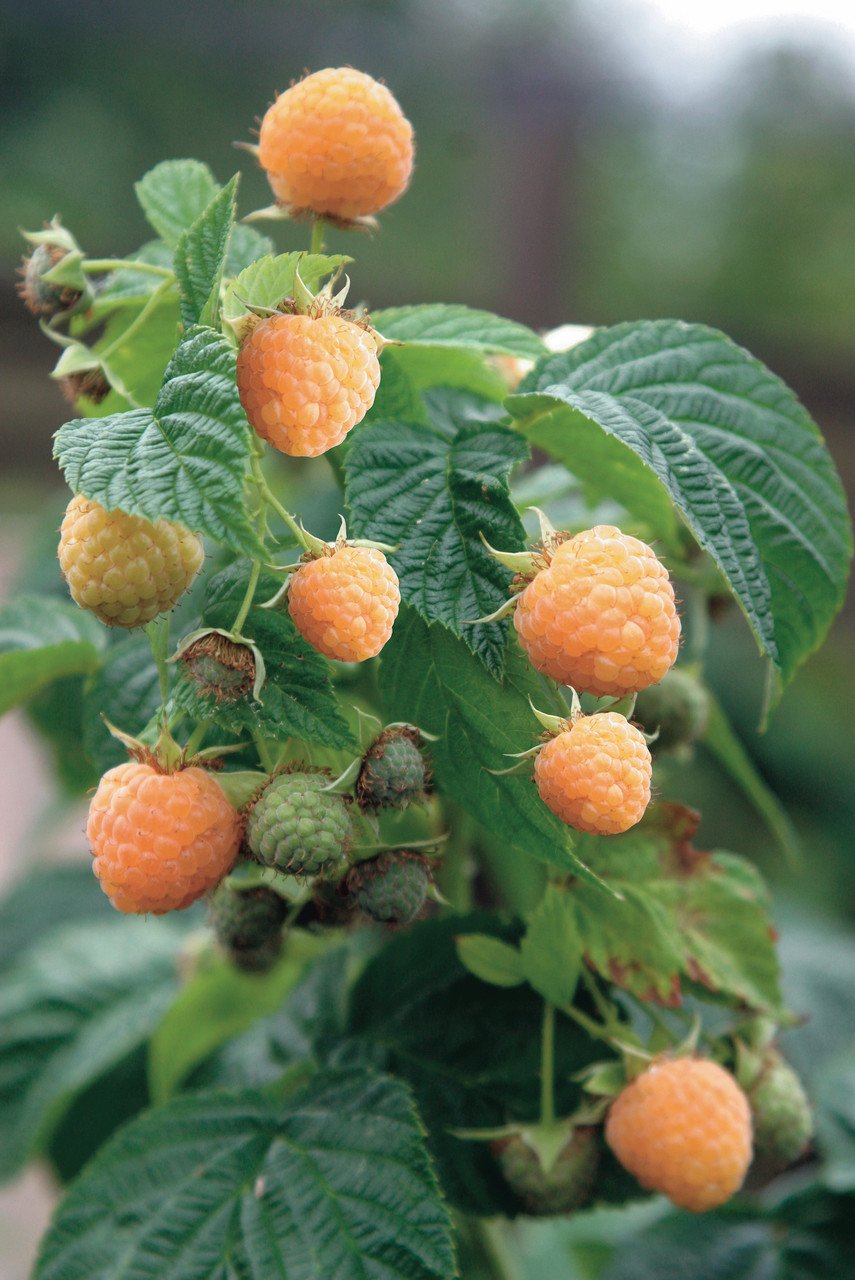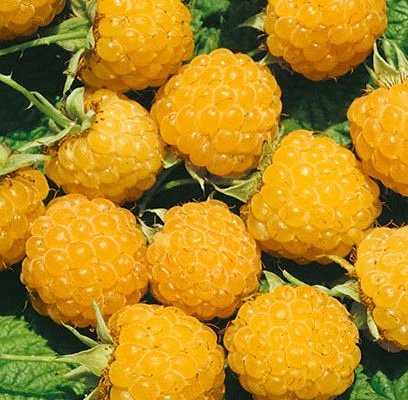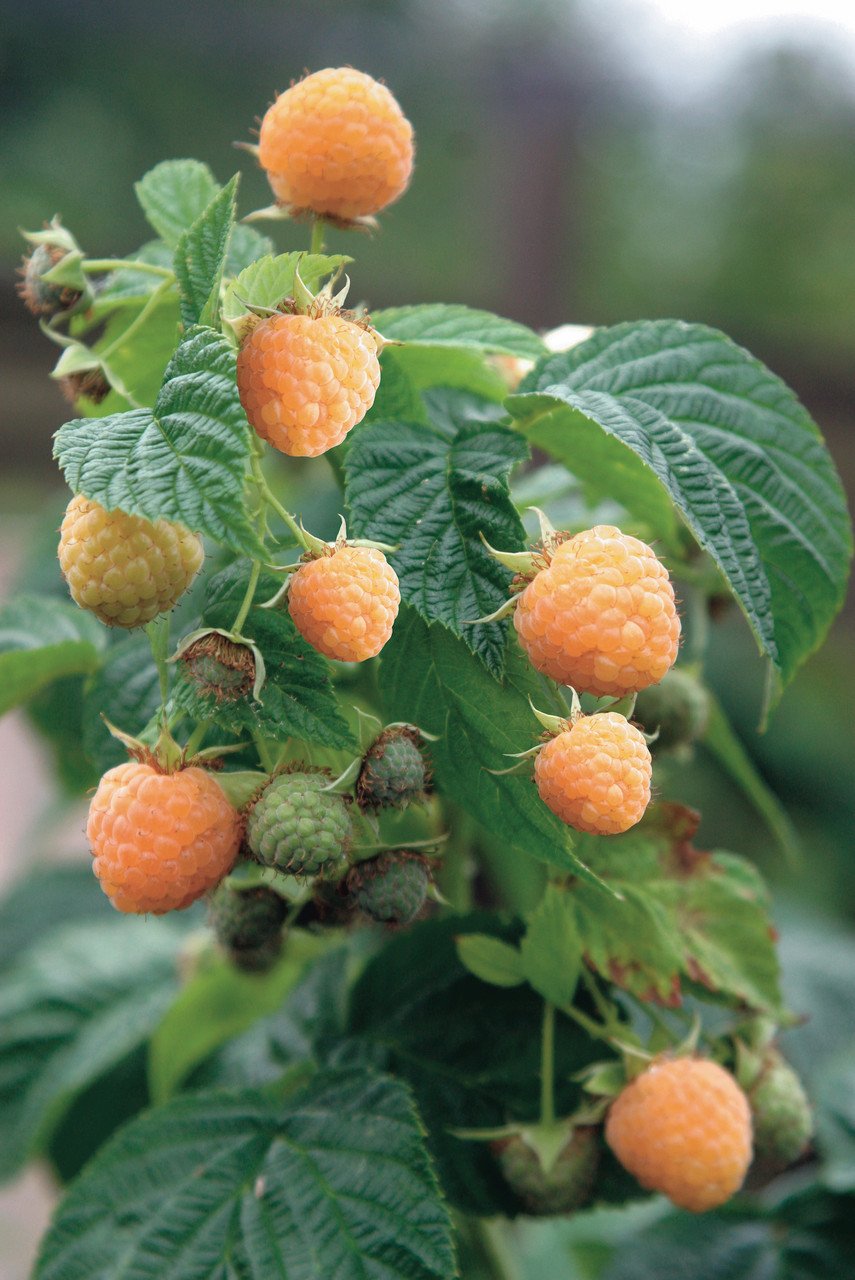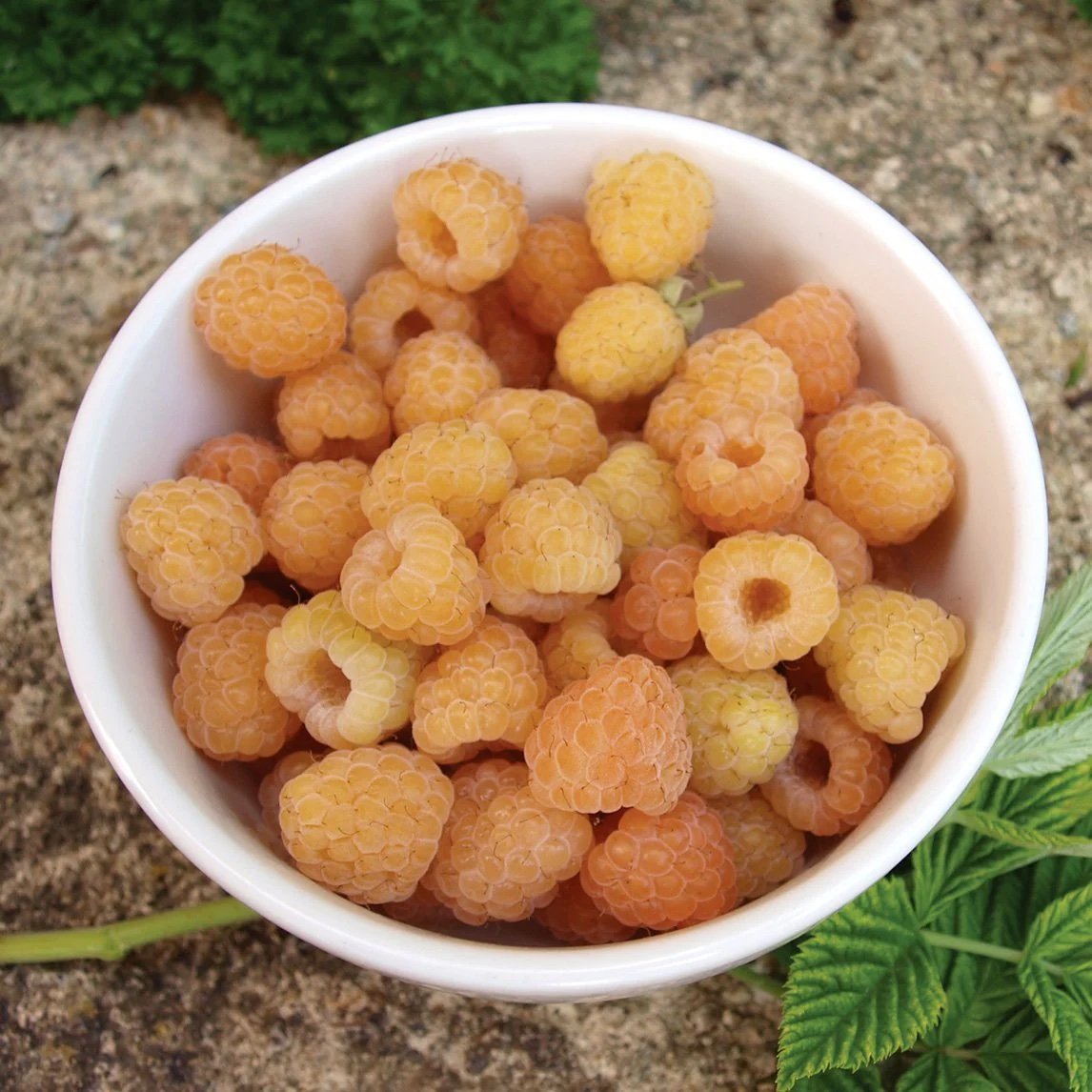 Image 1 of 5
Image 1 of 5

 Image 2 of 5
Image 2 of 5

 Image 3 of 5
Image 3 of 5

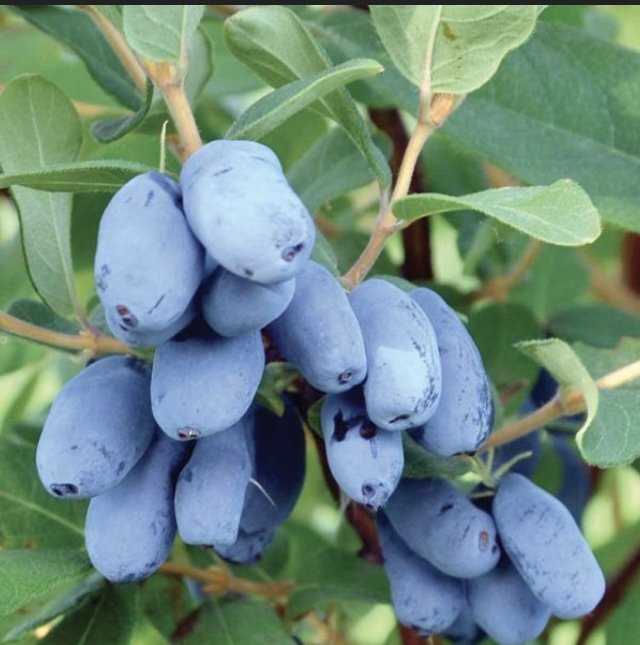 Image 4 of 5
Image 4 of 5

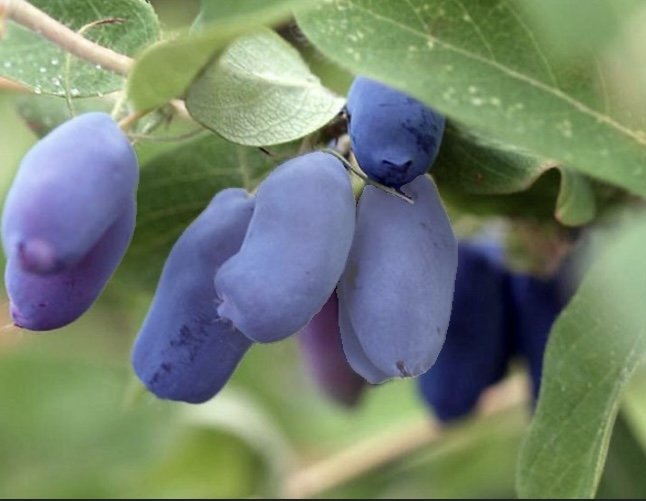 Image 5 of 5
Image 5 of 5






Honey berries - bare root
Introducing our premium haskaps, also known as honey berries, grown without the use of chemical fertilizers, pesticides, or GMOs. Bursting with flavor and packed with nutrients, our haskaps offer a deliciously healthy addition to your garden or orchard.
Planting Instructions:
Choose a sunny location with well-drained soil.
Dig a hole twice the size of the root ball and amend the soil with compost for added nutrients.
Place the haskap plant in the hole, ensuring the soil level matches that of the nursery container.
Water thoroughly after planting and keep the soil consistently moist, especially during the first growing season.
Fertilizing:
Feed your haskaps with compost in early spring to provide essential nutrients.
Supplement with rock dust to enrich the soil with minerals vital for plant growth.
Apply a layer of wood chip mulch around the base of the plant to retain moisture, suppress weeds, and enhance soil health.
Harvesting:
Haskaps typically ripen in late spring to early summer, depending on your region.
Harvest when the berries turn deep blue-purple and easily detach from the stem with a gentle tug.
Enjoy fresh or use in your favorite recipes such as jams, pies, or smoothies.
Experience the pure, unadulterated goodness of our organic haskaps, cultivated with care and dedication to provide you with nature's finest bounty.
Blueberry’s vs Honeyberries
When comparing the ease of growing, speed of growth, and susceptibility to pests between honey berries and blueberries, honey berries have the edge. Honey berries, also known as haskaps, are relatively low-maintenance plants that thrive in a variety of soil conditions and climates, making them more forgiving for beginner gardeners. They begin ripening before strawberries in may, and can continue long into the season. They typically establish quickly and begin producing fruit within 2-3 years of planting. Additionally, honey berries are less prone to common pests and diseases compared to blueberries, requiring minimal intervention. On the other hand, blueberries demand more specific soil pH levels and acidic conditions, which may require additional amendments. While blueberries can take several years to mature and bear fruit, has kale begin as early as the second year. Blueberries are more susceptible to pests such as birds, aphids, and fungal infections, necessitating more proactive pest management strategies. Overall, for those seeking a hassle-free and resilient fruit option, honey berries present a compelling alternative to blueberries.
Introducing our premium haskaps, also known as honey berries, grown without the use of chemical fertilizers, pesticides, or GMOs. Bursting with flavor and packed with nutrients, our haskaps offer a deliciously healthy addition to your garden or orchard.
Planting Instructions:
Choose a sunny location with well-drained soil.
Dig a hole twice the size of the root ball and amend the soil with compost for added nutrients.
Place the haskap plant in the hole, ensuring the soil level matches that of the nursery container.
Water thoroughly after planting and keep the soil consistently moist, especially during the first growing season.
Fertilizing:
Feed your haskaps with compost in early spring to provide essential nutrients.
Supplement with rock dust to enrich the soil with minerals vital for plant growth.
Apply a layer of wood chip mulch around the base of the plant to retain moisture, suppress weeds, and enhance soil health.
Harvesting:
Haskaps typically ripen in late spring to early summer, depending on your region.
Harvest when the berries turn deep blue-purple and easily detach from the stem with a gentle tug.
Enjoy fresh or use in your favorite recipes such as jams, pies, or smoothies.
Experience the pure, unadulterated goodness of our organic haskaps, cultivated with care and dedication to provide you with nature's finest bounty.
Blueberry’s vs Honeyberries
When comparing the ease of growing, speed of growth, and susceptibility to pests between honey berries and blueberries, honey berries have the edge. Honey berries, also known as haskaps, are relatively low-maintenance plants that thrive in a variety of soil conditions and climates, making them more forgiving for beginner gardeners. They begin ripening before strawberries in may, and can continue long into the season. They typically establish quickly and begin producing fruit within 2-3 years of planting. Additionally, honey berries are less prone to common pests and diseases compared to blueberries, requiring minimal intervention. On the other hand, blueberries demand more specific soil pH levels and acidic conditions, which may require additional amendments. While blueberries can take several years to mature and bear fruit, has kale begin as early as the second year. Blueberries are more susceptible to pests such as birds, aphids, and fungal infections, necessitating more proactive pest management strategies. Overall, for those seeking a hassle-free and resilient fruit option, honey berries present a compelling alternative to blueberries.



